Wildlife conservation tourism combines travel with the mission to preserve nature. This form of tourism allows visitors to experience wildlife in their natural settings while contributing to conservation efforts. As it gains popularity globally, wildlife conservation tourism serves as a vital funding source for protecting natural habitats and wildlife.
Tourists engage directly in conservation by choosing destinations that support environmental preservation efforts. This type of travel educates visitors on the critical importance of biodiversity and provides them with opportunities to contribute to conservation initiatives.
Through wildlife conservation tourism, tourists become active participants in safeguarding diverse species and their ecosystems, all while enjoying the beauty of untouched nature. This blog explores the concept of wildlife conservation tourism, its benefits, and its indispensable role in promoting global biodiversity conservation.
The Concept of Wildlife Conservation Tourism
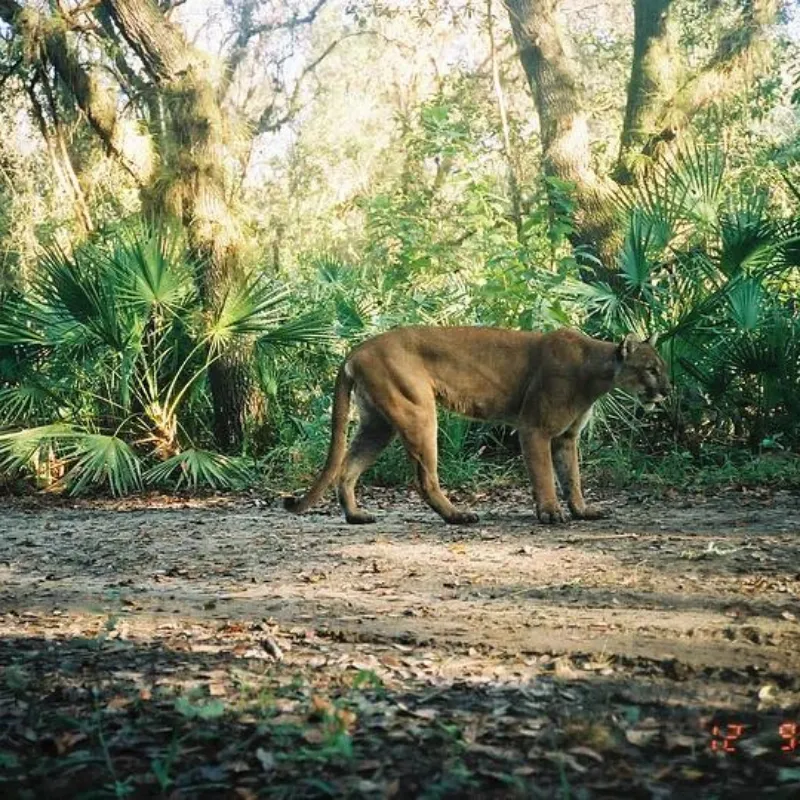
Wildlife conservation tourism is traveling to see animals and nature while helping to protect them. This type of tourism focuses on visiting places where efforts are made to save wildlife and their habitats. Tourists learn about animals and the environment. They see how important it is to protect them.
This tourism also supports local communities. Money spent by tourists helps fund conservation projects. These projects save animals and keep their homes safe. People working on these projects teach tourists about their efforts.
Wildlife conservation tourism is different from regular tourism. It aims to protect and preserve nature. Tourists are encouraged to act responsibly. They follow rules to ensure they do not harm wildlife or their habitats.
The Link Between Wildlife Watching and Conservation
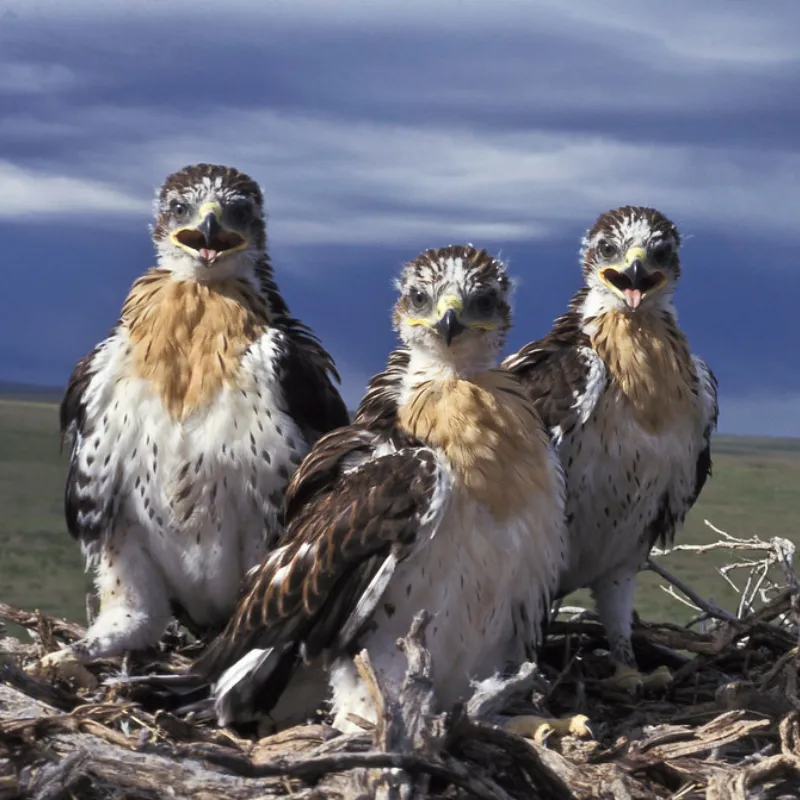
Wildlife watching plays a crucial role in conservation efforts. It provides unique opportunities for awareness and education, benefiting both tourists and locals.
Wildlife-watching tours often include educational components. Guides share knowledge about the animals, their behaviors, and their habitats. Tourists learn how animals live, what they eat, and the challenges they face. This firsthand experience fosters a deeper connection to wildlife and the need for its protection. Education through wildlife watching creates informed travelers who understand the importance of conservation.
Local communities also benefit from wildlife watching. Educational programs often involve locals, teaching them about conservation and sustainable practices. These programs can include workshops, school visits, and community events. Locals learn how to protect wildlife and their habitats. They also understand the economic benefits of conservation tourism. This knowledge encourages communities to take an active role in protecting their natural resources.
Wildlife-watching tours generate revenue that funds conservation projects. This money supports research, habitat restoration, and anti-poaching efforts. By participating in these tours, tourists directly contribute to the preservation of wildlife. Their spending helps maintain protected areas and supports the people who work there.
How Tourism Benefits Nature and Wildlife Conservation
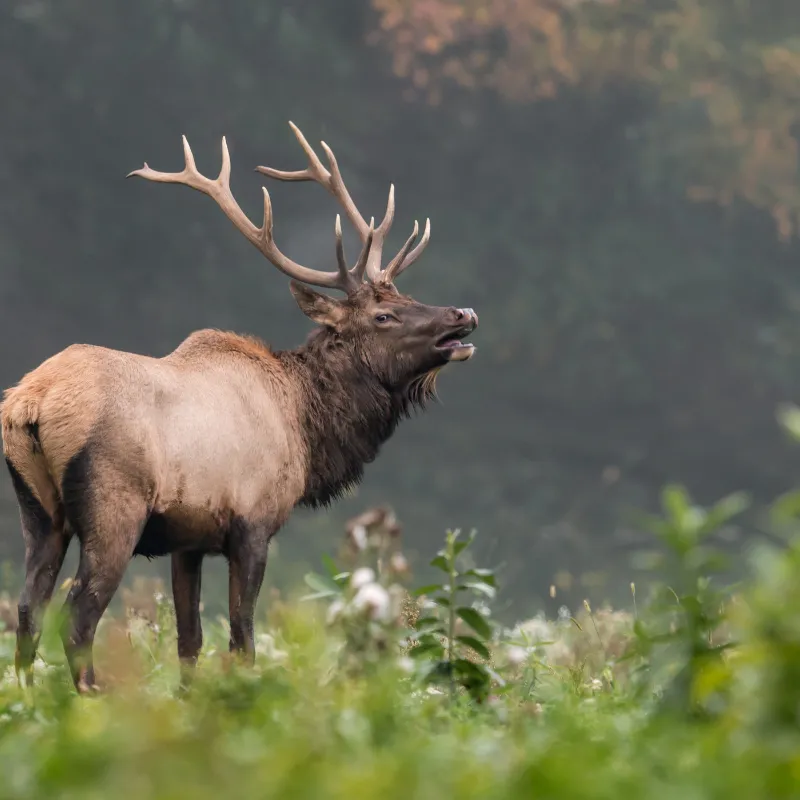
- Financial Support: Tourism generates revenue that funds conservation projects. Entrance fees, guided tours, and donations support efforts to protect wildlife and habitats.
- Economic Incentives: Tourism provides economic benefits to local communities. This encourages them to protect wildlife, as it becomes a valuable resource.
- Education and Awareness: Tourists learn about the importance of conservation. Educational programs during tours teach visitors about wildlife and the need for preservation.
- Research Funding: Tourism revenue can support scientific research. This research helps develop better conservation strategies and policies.
- Community Engagement: Tourism involves local communities in conservation efforts. It provides jobs and promotes sustainable practices.
How does Wildlife Conservation Fit into the Travel Sector?
Wildlife conservation fits into the travel sector by promoting responsible tourism. This type of tourism focuses on protecting animals and their habitats. Travel companies work with conservation groups to create eco-friendly tours. These tours educate tourists about wildlife and the environment.
Tourists learn how to respect nature. They follow rules to avoid disturbing animals. This helps keep wildlife safe and preserves their homes. Wildlife conservation tourism also supports local communities. Money from tourism funds conservation projects and creates jobs.
Travel companies also gain from offering eco-friendly tours. These tours attract more tourists interested in sustainability. Many tourists now prioritize responsible travel to protect the planet. Wildlife conservation tourism enhances a travel company’s image.
By integrating conservation into travel, we can enjoy nature without harming it. This balance helps ensure that future generations can also experience wildlife. Wildlife conservation tourism is a growing trend. It shows travelers and the travel sector are committed to protecting our planet.
How Educational Programs for Tourists Help Raise Awareness About Wildlife Conservation?

- Informative Tours: Guided tours provide detailed information about wildlife. Guides explain animal behavior, diets, and habitats. Tourists learn how these animals live and why they need protection.
- Interactive Workshops: Hands-on activities, like tracking animals or planting trees, engage tourists. These workshops show how conservation efforts work in real life.
- Visitor Centers and Museums: These places offer exhibits on wildlife conservation. Displays, videos, and presentations help tourists learn about the importance of protecting wildlife.
- Conservation Talks: Experts give talks on various topics related to wildlife. These talks cover threats to animals, conservation strategies, and success stories. Tourists gain valuable insights from these sessions.
- Community Involvement: Programs often involve local communities. Tourists see how local people protect wildlife and learn about their culture. This fosters respect and support for conservation efforts.
How Can You Support Wildlife Conservation as a Traveler?
- Look for Certifications: Choose operators with eco-certifications. These show they follow sustainable practices. Examples include Green Globe and EarthCheck certifications.
- Check Conservation Efforts: Pick operators that support conservation projects. They should help protect wildlife and their habitats. Ask how they use their profits for these causes.
- Ask About Practices: Find out how they reduce their impact on the environment. Ask about waste management, energy use, and water conservation.
- Respectful Wildlife Interactions: Ensure they follow guidelines for interacting with wildlife. This includes keeping a safe distance and not disturbing animals. They should promote viewing animals in their natural habitats.
- Community Involvement: Choose operators that support local communities. They should provide jobs and use local services. This encourages locals to protect wildlife.
- Red Flags: Watch out for operators that allow close contact with wild animals, sell wildlife souvenirs, or don’t follow conservation guidelines. These are signs of unethical practices.
Responsible Tourist Behavior and Dos & Don’ts for Tourists
Dos
- Follow Guidelines: Always adhere to park rules and guidelines. These are designed to protect wildlife and habitats.
- Maintain Distance: Keep a safe distance from animals to avoid causing stress or disturbance.
- Dispose of Waste Properly: Take all trash with you or use designated waste bins. Litter can harm wildlife and pollute natural areas.
- Respect Habitats: Stay on marked paths to prevent trampling vegetation and disturbing animal homes.
- Use Eco-Friendly Products: Choose biodegradable and eco-friendly products to reduce your environmental footprint.
Don’ts
- Don’t Feed Wildlife: Feeding animals can make them dependent on humans and disrupt their natural behaviors.
- Avoid Loud Noises: Loud sounds can scare animals and alter their natural activities. Speak quietly and avoid sudden noises.
- Don’t Touch or Disturb: Never touch or chase wildlife. This can cause stress and harm to the animals.
- Avoid Flash Photography: Flash can startle and stress animals. Use natural light for photos whenever possible.
- Don’t Buy Wildlife Products: Avoid purchasing souvenirs made from animals. This practice supports illegal wildlife trade and harms conservation efforts.
What are the Key Challenges in Wildlife Conservation and Tourism?
Challenges
- Habitat Destruction: Increased tourist foot traffic can trample vegetation and disturb animal habitats.
- Wildlife Stress: Frequent human presence can cause stress to animals, affecting their health and behavior.
- Resource Depletion: High numbers of tourists can strain local resources like water and food.
- Pollution: Litter and waste from tourists can pollute natural areas, harming wildlife.
- Unregulated Tourism: Lack of regulations can lead to irresponsible behavior by tourists, further harming the environment.
Solutions
- Limit Visitor Numbers: Implement caps on the number of tourists allowed in sensitive areas to reduce pressure on habitats.
- Create Buffer Zones: Establish areas where tourists can visit without disturbing wildlife, protecting core habitats.
- Promote Off-Peak Travel: Encourage travel during less busy times to spread the impact over the year.
Conclusion
Wildlife conservation tourism is a vital tool for protecting animals and their habitats. It balances enjoyable travel with responsible practices, supporting conservation efforts and local communities. By choosing ethical operators and engaging in educational programs, tourists can significantly contribute to wildlife preservation.
Addressing challenges like over-tourism through responsible behavior and sustainable practices ensures that future generations can also enjoy and protect our natural world. Responsible tourism is key to sustaining wildlife and their environments.

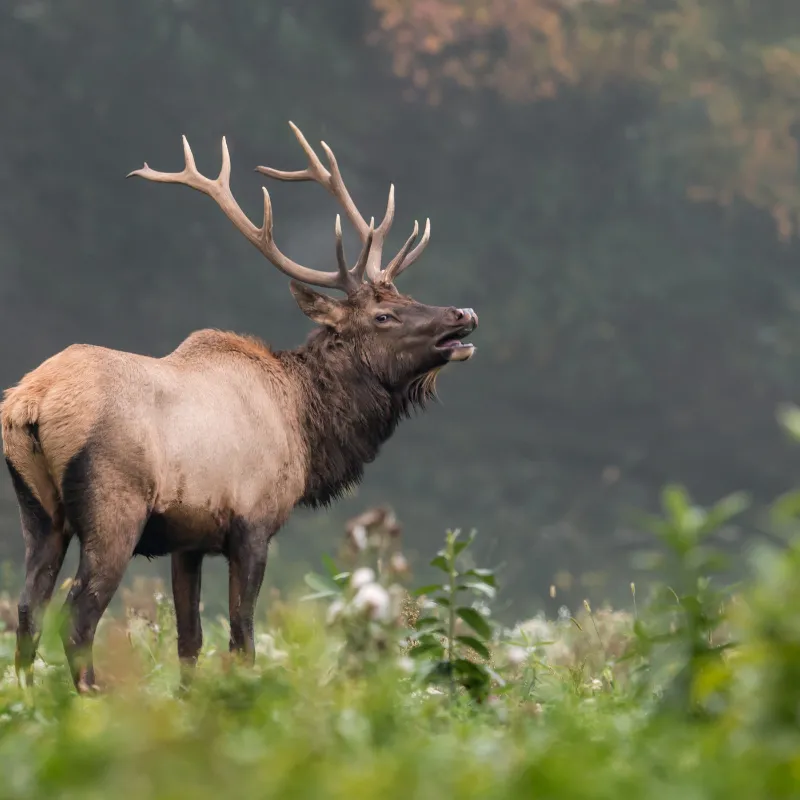

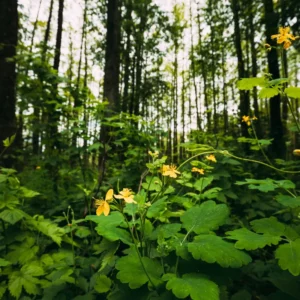
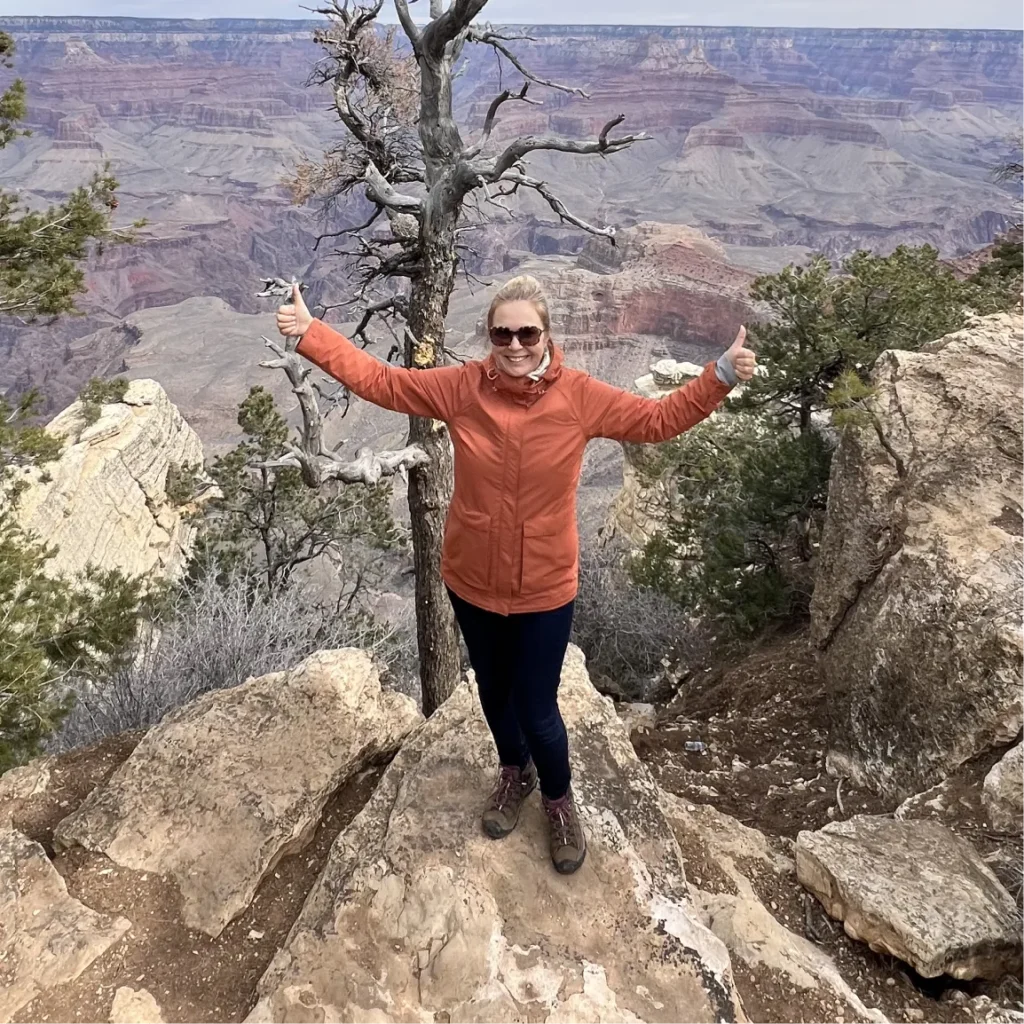

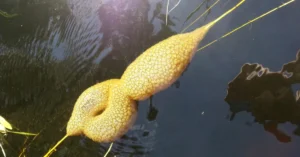
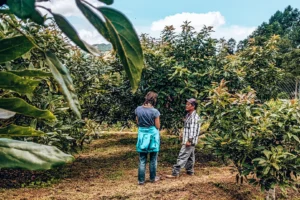
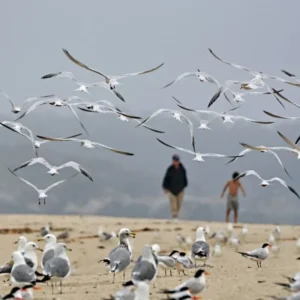


2 thoughts on “Wildlife Conservation Tourism and its Impact on Preservation”
hey julia, loved your piece on wildlife tourism. got me thinking, how do locals feel about all these tours? do they actually get something good out of it or is it just disrupting their lives and the animals?
That’s a great question. I’ve read that in some places, the community benefits through job creation and conservation funding. Would love to see more about this.